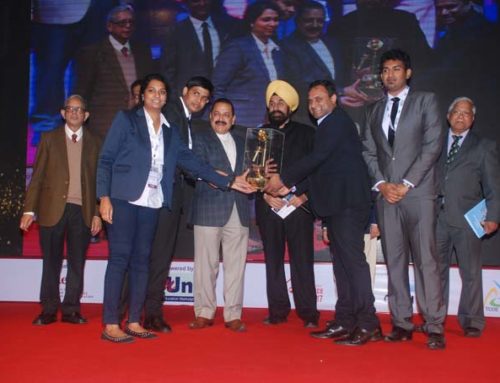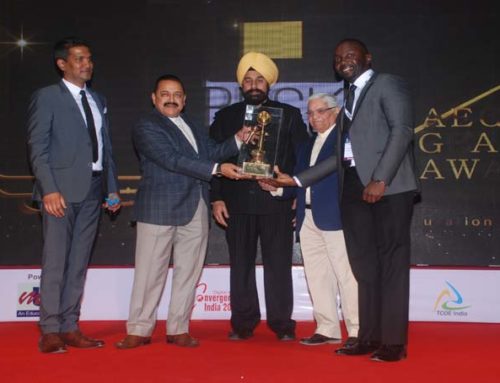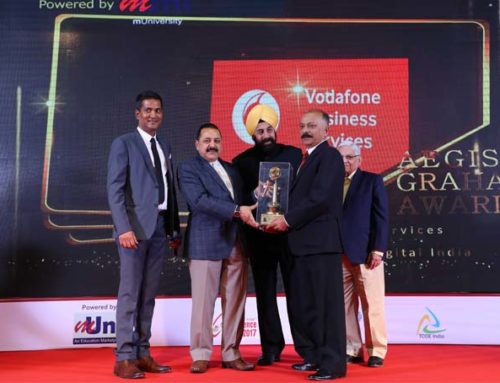Dimension NXG – Low Cost Technology winner 2015
3rd Industrial Revolution
Skilling India For the future.
The central aim of this report is to examine how, within a decent work perspective, India can develop their skills base for the disruptive technology of 3D Printing so as to increase both the quantity and the productivity of labour employed in the economy in the coming years.
Inadequate education and skills development keep economies trapped in a vicious circle of low education, low productivity and low income. The report therefore analyses how strategies to upgrade and enhance the relevance of skills training and to improve access to skills for 3D Printing technology that can help India move to a virtuous circle of higher productivity, employment and incomes growth, and development.
What is 3D Printing?
3D Printing is a process for making a physical object from a three-dimensional digital model, typically by laying down many successive thin layers of a material. 3D Printing is one of the 12 disruptive technology.
As Deloitte calls it – Third Industrial Revolution
“3D printing has the potential to radically transform the relationship between design, mass customization, and manufacturing across multiple industries” – Goldman Sachs.
Recently Bloomberg’s Betty Liu noted that 3D printing industry is projected to be worth a staggering $3 billion by 2016. And Goldman Sachs describes 3D printing as creative destroyer that 3D printing has the potential to offer high degrees of customization, reduced costs for complex designs, and lower overhead costs for short-run parts and products. Goldman notes that currently the 3D printing industry is a $2.2 billion market, and its revenues will reach $10.8 billion by 2021.
Sectors effected by 3D Printing?
- Manufacturing – Auto, aerospace, mechanical etc.
- Gems and jewellery – Ultra Customization, Very Complex designs.
- Healthcare: Preplanning, Medical devices, implants, etc.
- Logistic: Distributed manufacturing, No Inventory, need.
Advantages/Effects of 3D Printing.
- Faster prototyping, thus faster go to market time.
Prototyping: ~ Traditionally: 6-8 months.
~ 3D Printing: 1-2 months. - Cheaper Prototyping.
Prototyping: ~ Traditionally: 5-7 Lakh INR.
~ 3D Printing : 50k-1lakh INR. - Cheaper to manufacture (Low – Medium batch Production).
a. Customized products: No requirement to make custom Die and Mold.
b. Lower Operational overheads. - Complex part manufacturing: Produce intrinsic Complex Parts Traditionally impossible or very hard to make.







